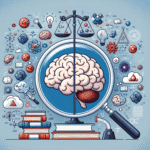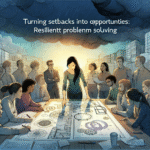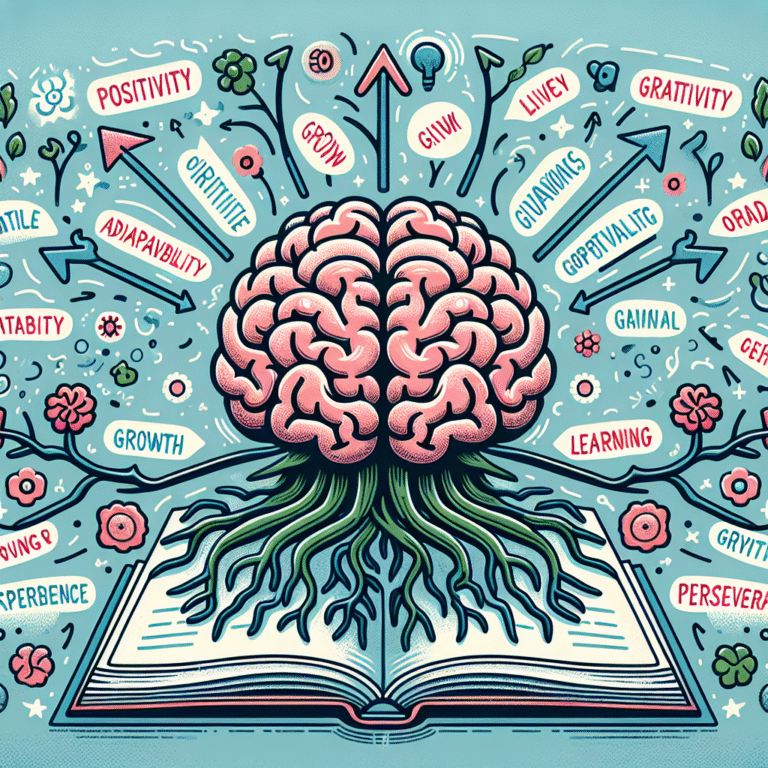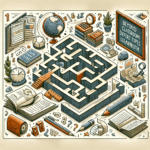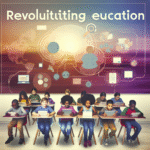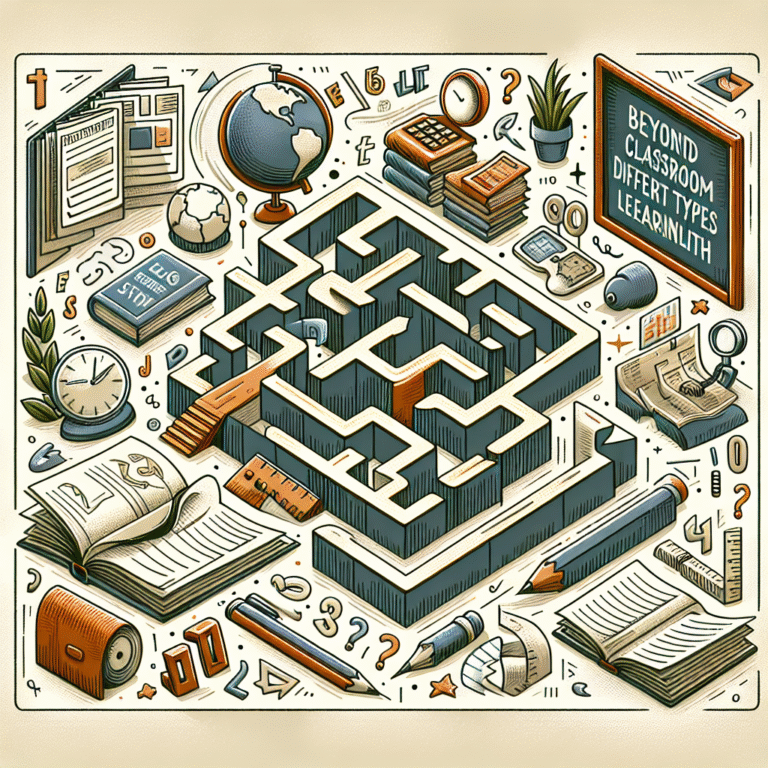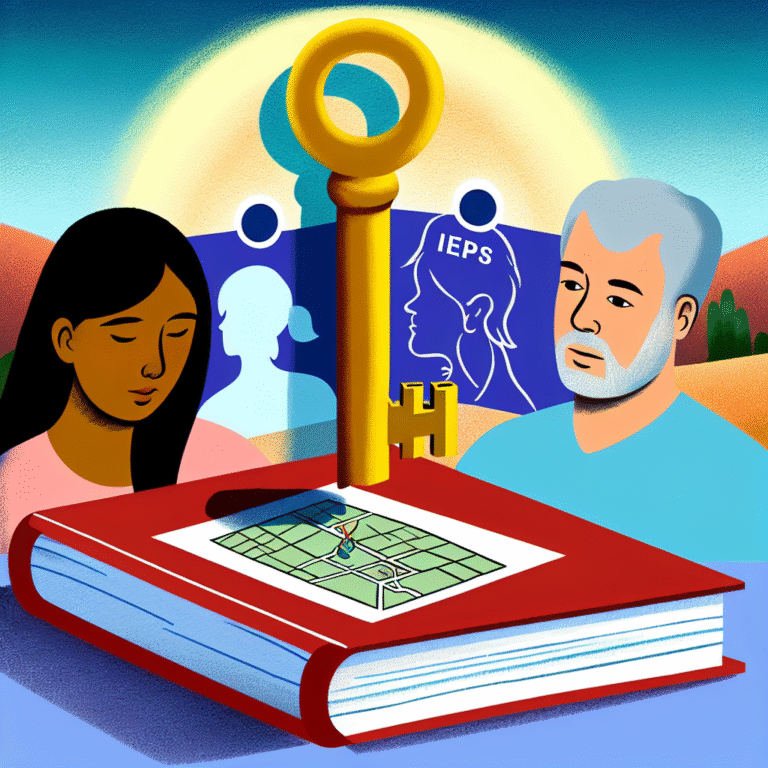
Introduction
In an ever-evolving educational landscape, the quest for effective teaching methods has never been more urgent. Educators are on a relentless pursuit to unlock students’ potential, ensuring they not only grasp information but also develop critical thinking skills and a genuine love for learning. Among the myriad of strategies available, Unlocking Potential: The Power of Formative Assessment in Education emerges as a transformative tool capable of achieving this goal. This article delves into the fundamentals of formative assessment, illustrating its effectiveness through compelling case studies and expert insights. Whether you’re an educator, administrator, or parent, understanding the power of formative assessment can provide the key to fostering a nurturing and successful learning environment.
Understanding Formative Assessment
What is Formative Assessment?
Formative assessment refers to a range of informal and formal assessments conducted during the learning process. Unlike summative assessments, which evaluate student learning at the end of an instructional unit, formative assessments aim to monitor student learning and provide ongoing feedback. This proactive approach allows educators to identify strengths and weaknesses in student understanding and adjust their teaching methods accordingly, ultimately leading to improved learning outcomes.
Why Formative Assessment Matters
Unlocking Potential: The Power of Formative Assessment in Education lies in its ability to personalize learning experiences. By offering real-time feedback, formative assessments empower students to take ownership of their learning journeys, fostering self-assessment and reflection. This not only enhances academic performance but also builds confidence and intrinsic motivation.
Key Strategies for Implementing Formative Assessment
1. Utilizing Feedback Loops
One of the essential components of formative assessment is the feedback loop. This involves providing students with timely, specific, and actionable feedback. Research shows that effective feedback can close learning gaps and accelerate progress. A study conducted by Hattie and Timperley (2007) revealed that students who receive regular feedback perform significantly better than those who do not.
2. Incorporating Peer Assessment
Encouraging students to assess each other’s work can be a powerful tool in unlocking potential. Peer assessment fosters collaboration and critical thinking, allowing students to engage more deeply with the learning material. A notable case study from a high school in California illustrated how implementing peer assessment improved student engagement and understanding in mathematics classes.
Case Study: California High School Peer Assessment
At Jefferson High, teachers introduced peer feedback sessions in their algebra classes. Students were paired to review homework assignments, providing feedback based on a structured rubric. As a result, test scores rose by 15% over one semester, illustrating the impact of collaborative learning and peer assessment on academic achievement.
3. Integrating Technology
With the rise of digital tools, formative assessment can now be more dynamic and interactive. Platforms like Kahoot! and Google Forms facilitate instant feedback, enabling educators to gauge student understanding in real-time. By leveraging these technologies, educators can create an engaging assessment environment that maintains student interest and motivation.
Chart: Popular Tech Tools for Formative Assessment
| Tool | Purpose | Benefits |
|---|---|---|
| Kahoot! | Interactive quizzes | Engaging, real-time feedback |
| Google Forms | Surveys and questionnaires | Easy data collection |
| Edpuzzle | Video quizzes | Combines video content with assessment |
| Socrative | Real-time student responses | Instant insights into student understanding |
4. Designing Effective Questions
The art of questioning is central to effective formative assessment. Well-crafted questions promote critical thinking and deeper understanding. Educators should employ a mix of open-ended and closed questions to assess knowledge thoroughly. For example:
- Open-ended: "How would you approach solving this problem, and why?"
- Closed: "What is the formula for calculating the area of a triangle?"
This combination encourages students to articulate their understanding while also testing their recall of essential facts.
Real-World Applications
Case Study: Implementation in Elementary Education
In a district-wide initiative, a group of elementary schools adopted formative assessment strategies focused on literacy development. Teachers utilized regular reading assessments combined with personalized feedback sessions. The results were striking: student reading levels increased by an average of two grades within one academic year.
Analysis
This case showcases the effectiveness of personalized and continuous feedback in promoting literacy skills at an early age. By integrating formative assessments into the regular curriculum, educators not only tracked progress but also nurtured a supportive learning environment, conducive to growth.
Overcoming Challenges in Implementing Formative Assessment
While the benefits of formative assessment are clear, there are challenges to consider:
1. Time Constraints
Many educators express concerns about the time required to implement formative assessments effectively. However, embedding assessment practices into daily routines can help streamline the process. Short, frequent assessments mean less time spent grading and more time for targeted instruction.
2. Resistance to Change
Change can be met with resistance. Providing professional development opportunities and fostering a culture of collaboration among teachers can ease this transition. Sharing successes and strategies within a supportive community can bolster acceptance of formative assessment practices.
Conclusion
Unlocking Potential: The Power of Formative Assessment in Education is not just a theoretical construct; it’s a practical approach that can reshape how we think about teaching and learning. By focusing on continuous feedback, peer assessment, and the effective use of technology, educators can create an environment where every student can thrive.
The journey of education is not solely about knowledge acquisition but about nurturing potential. As we embrace formative assessment, we empower students to take ownership of their learning, providing them with the tools they need to succeed both academically and personally.
FAQs
1. What is the difference between formative and summative assessment?
Formative assessment is used throughout the learning process to monitor progress and provide feedback, while summative assessment evaluates student learning at the end of an instructional unit.
2. How can formative assessments improve student motivation?
By providing regular feedback and opportunities for self-assessment, formative assessments help students see their progress, which boosts their confidence and motivation to learn.
3. Can formative assessment be done in large classrooms?
Yes! Techniques such as quick polls, group discussions, and digital tools can effectively engage all students, even in larger classroom settings.
4. How often should formative assessments be conducted?
Formative assessments should be ongoing. Regular, short assessments can provide insight into student understanding and guide instruction effectively.
5. Are there specific subjects where formative assessment is more effective?
While formative assessments are beneficial across all subjects, they are particularly effective in areas like math and language arts, where student progress can be closely monitored.
By implementing formative assessment strategies, educators can indeed unlock the true potential of every learner, paving the way for brighter futures empowered by knowledge and critical thinking.
